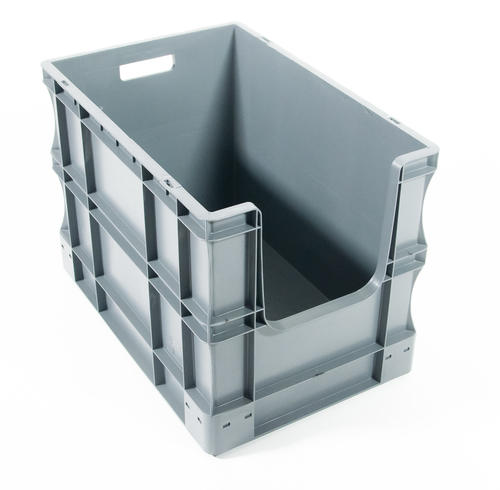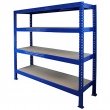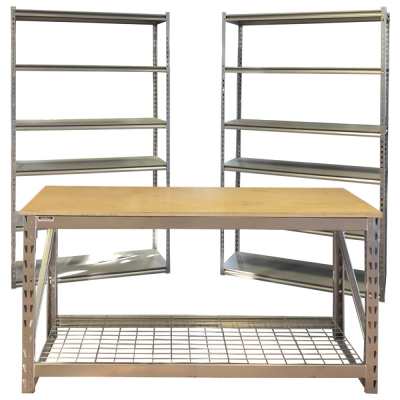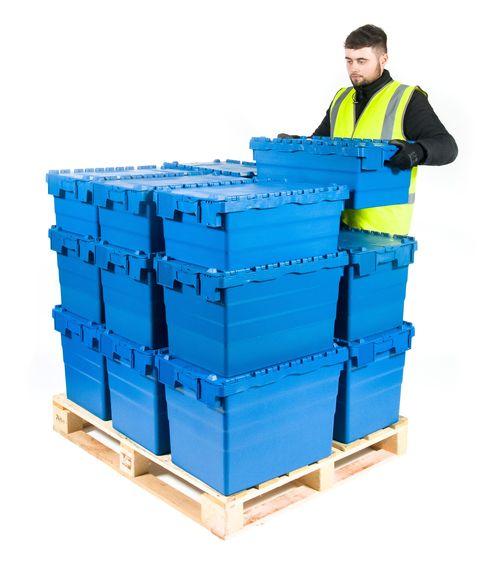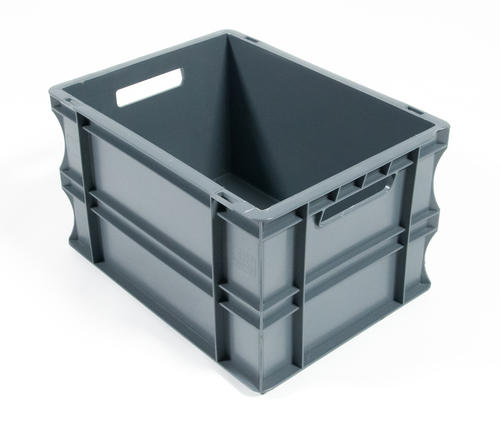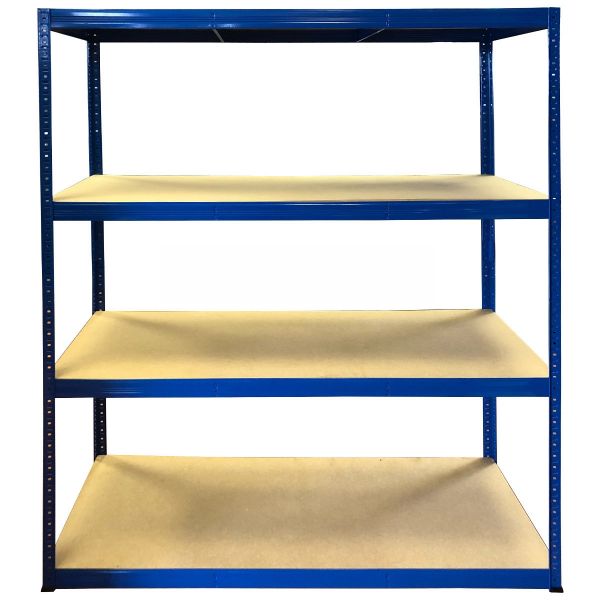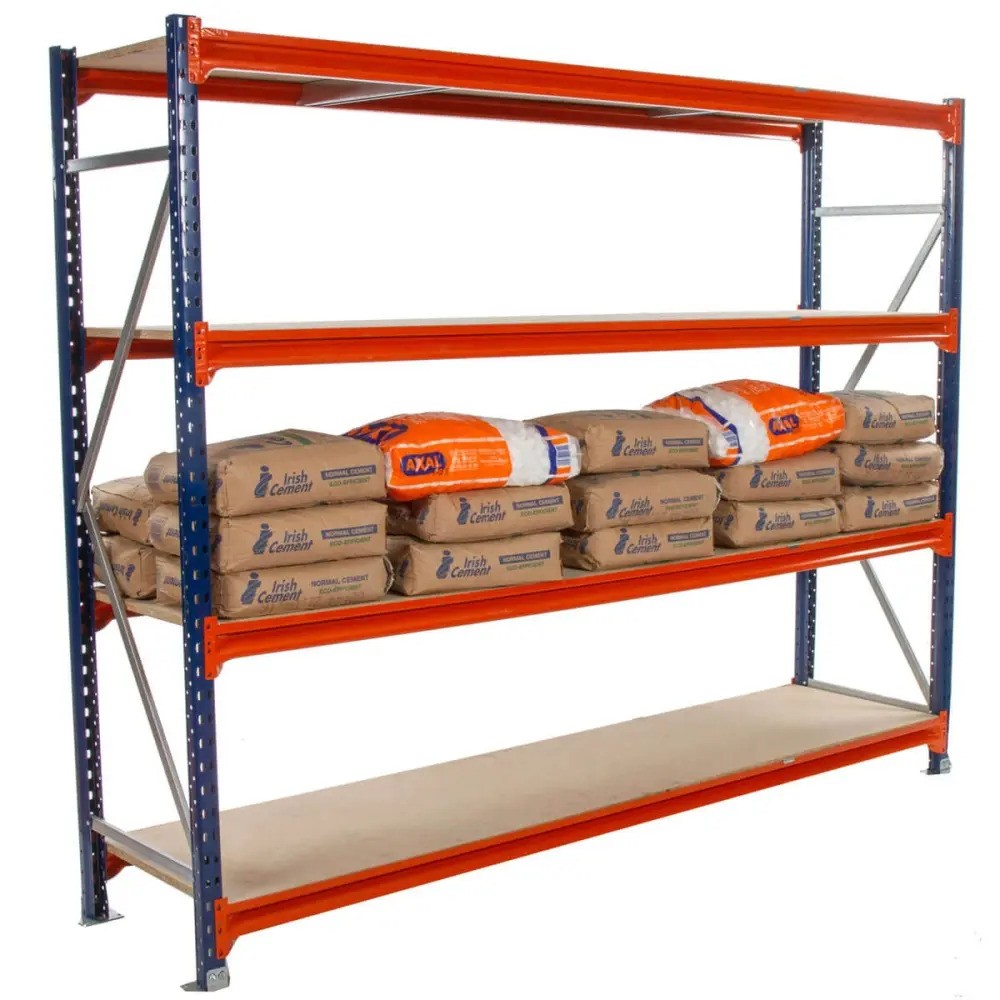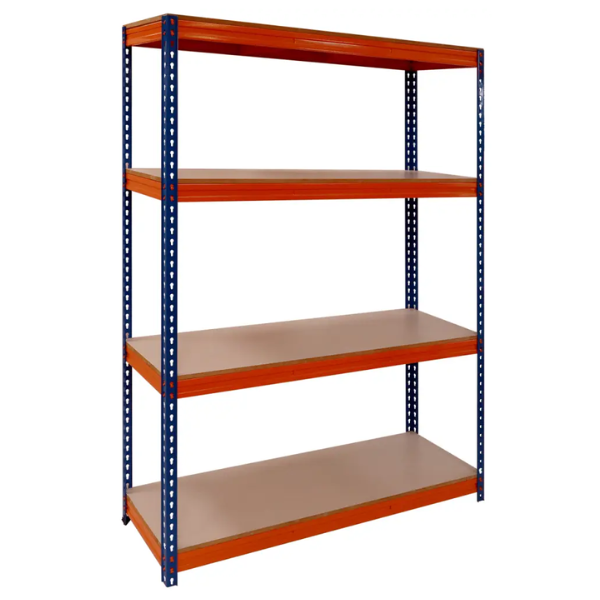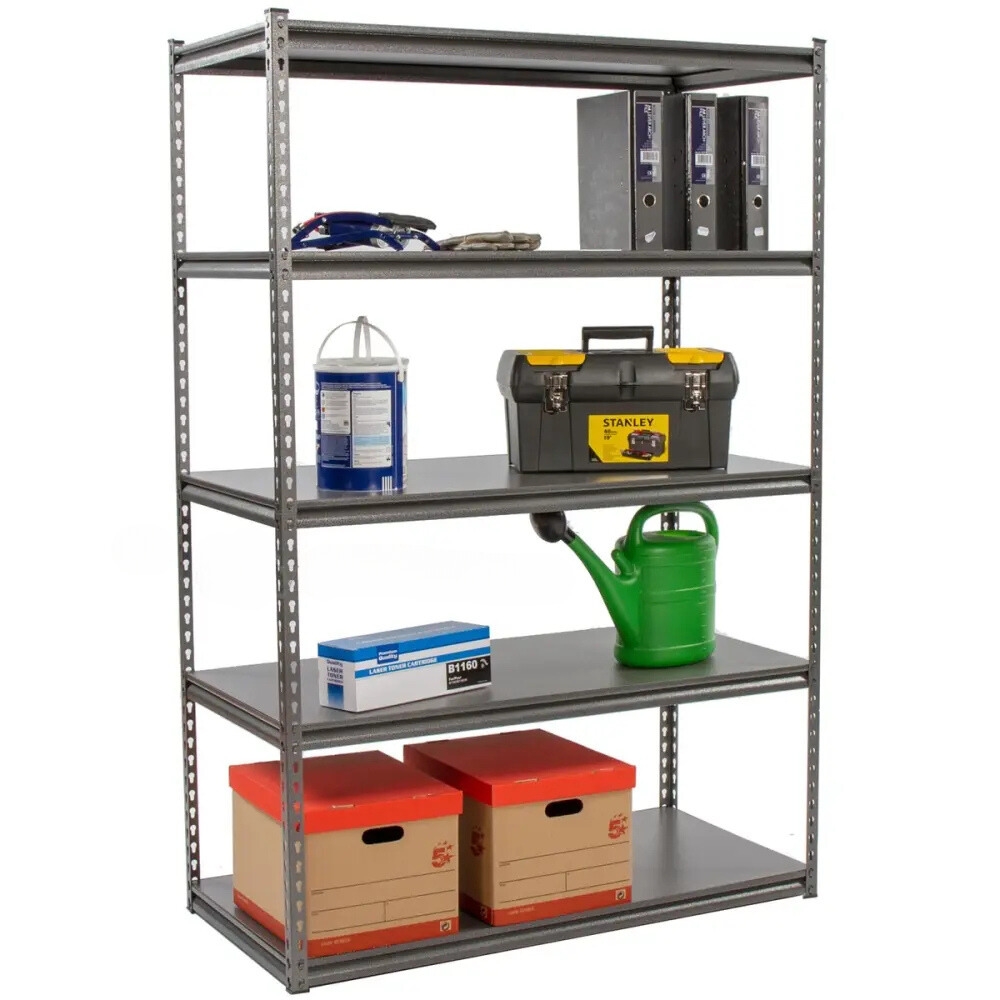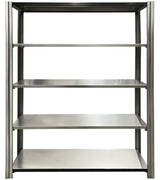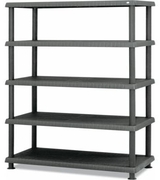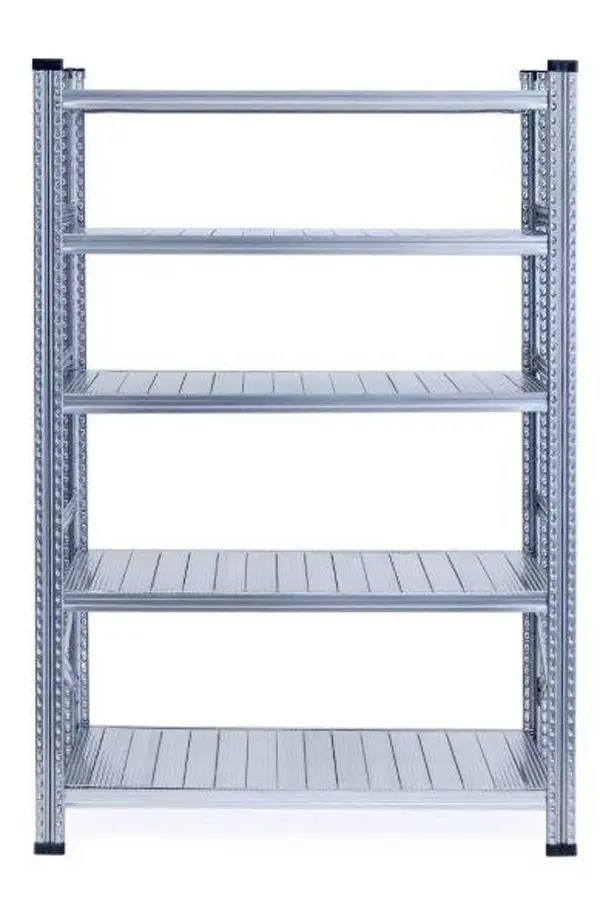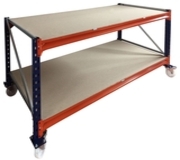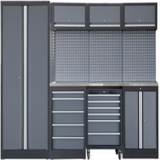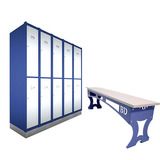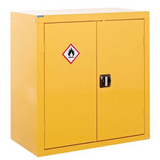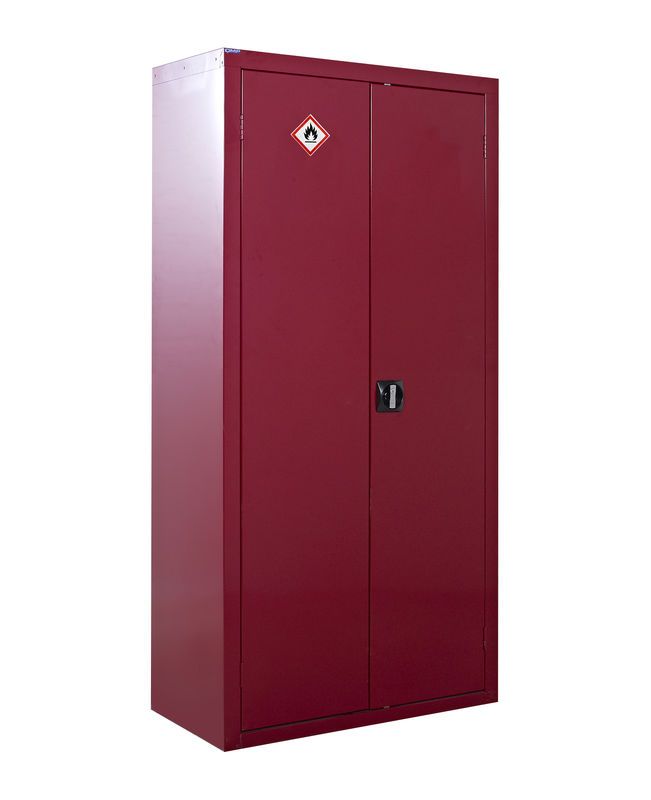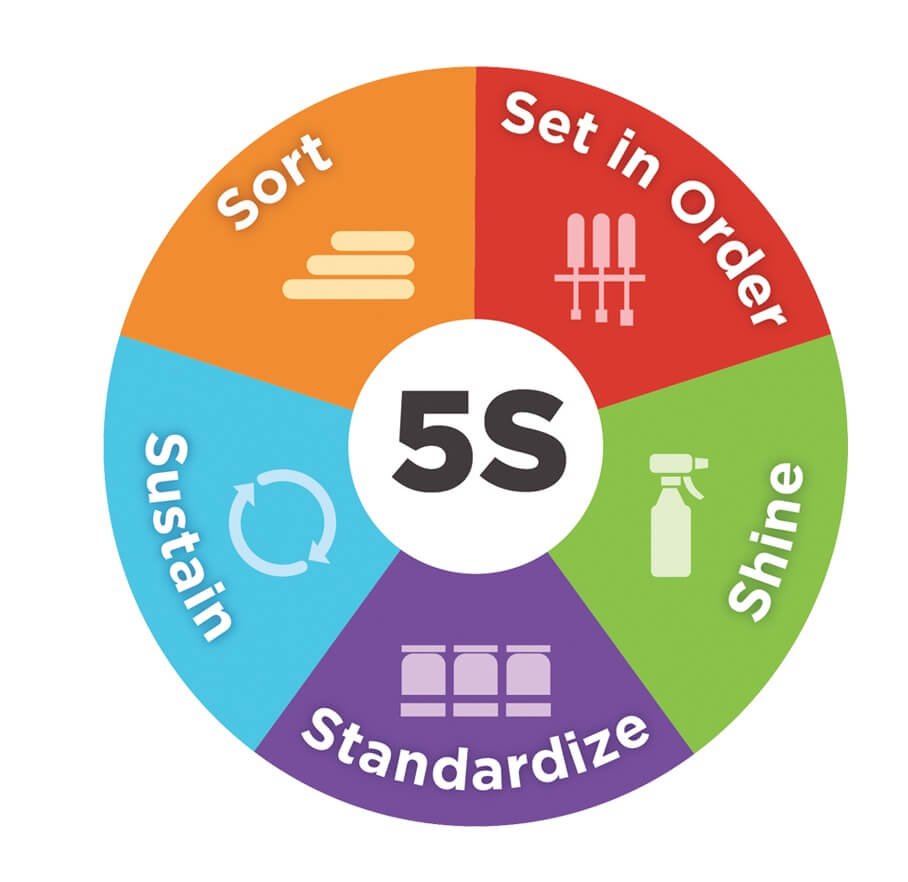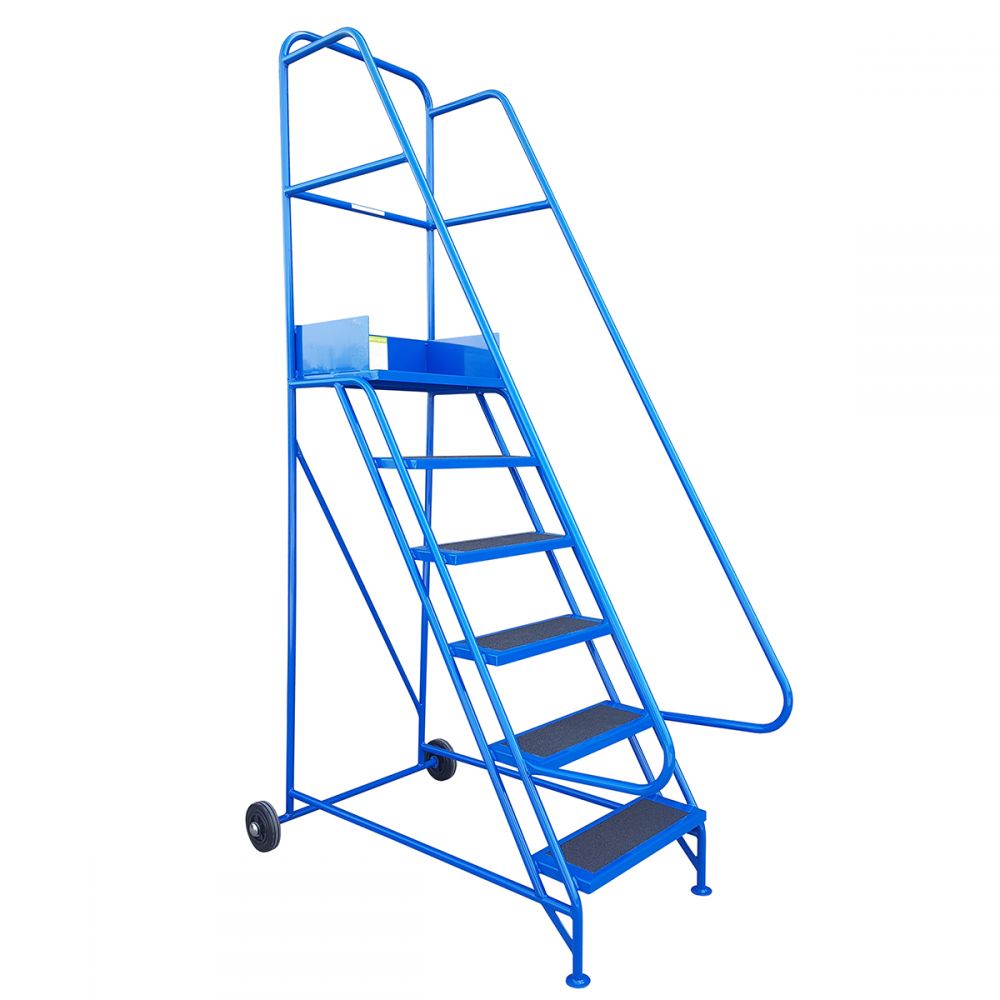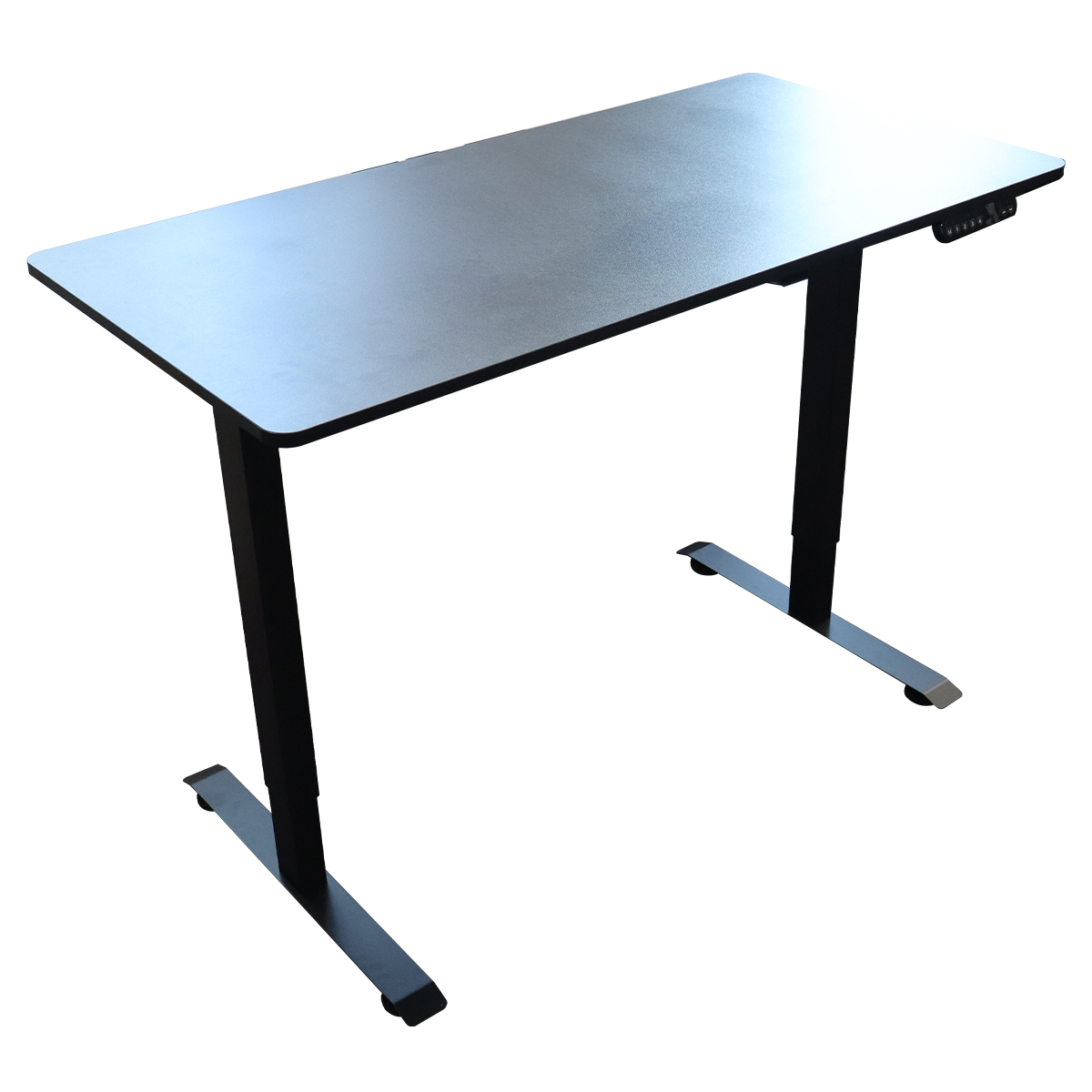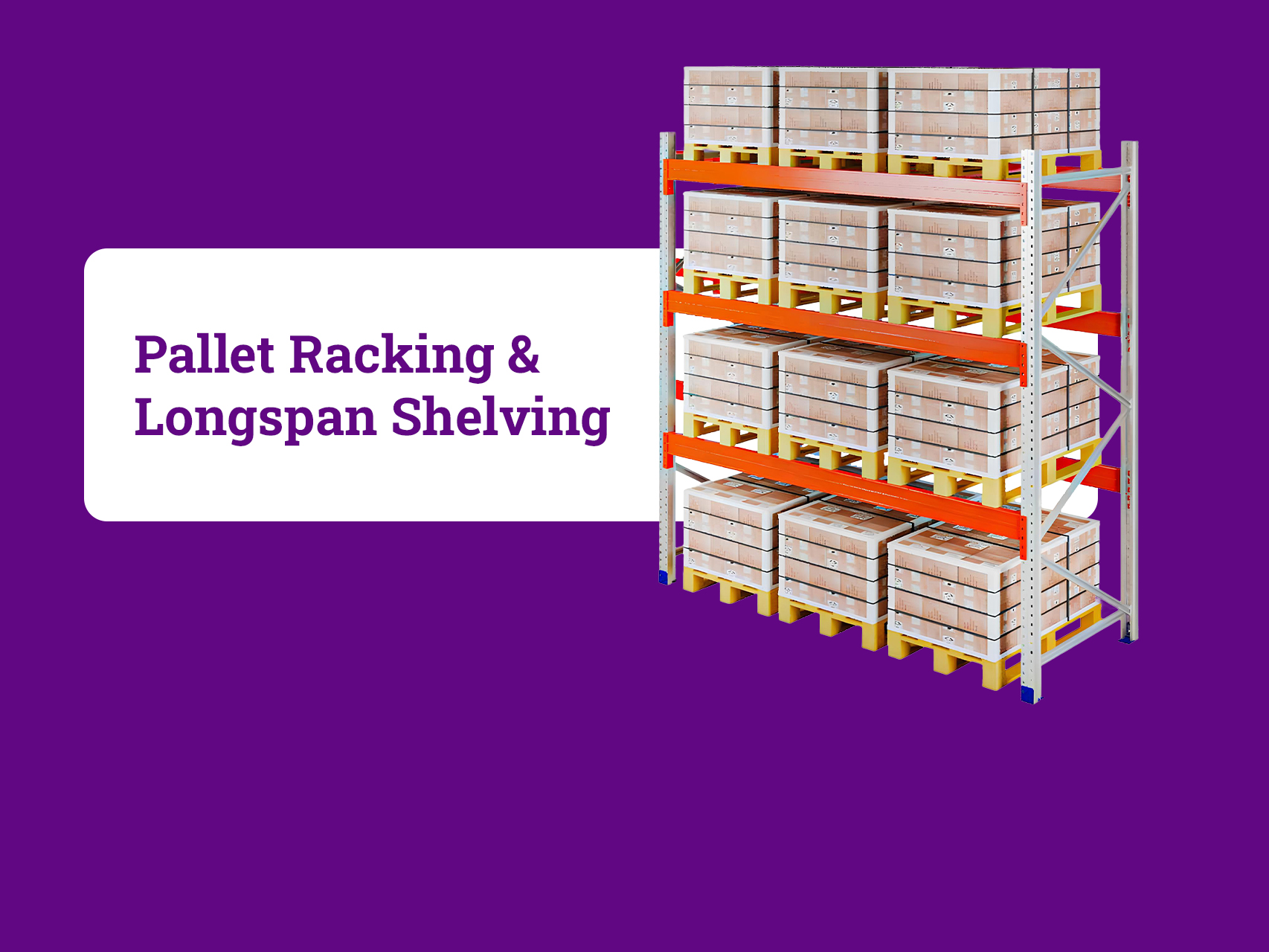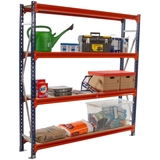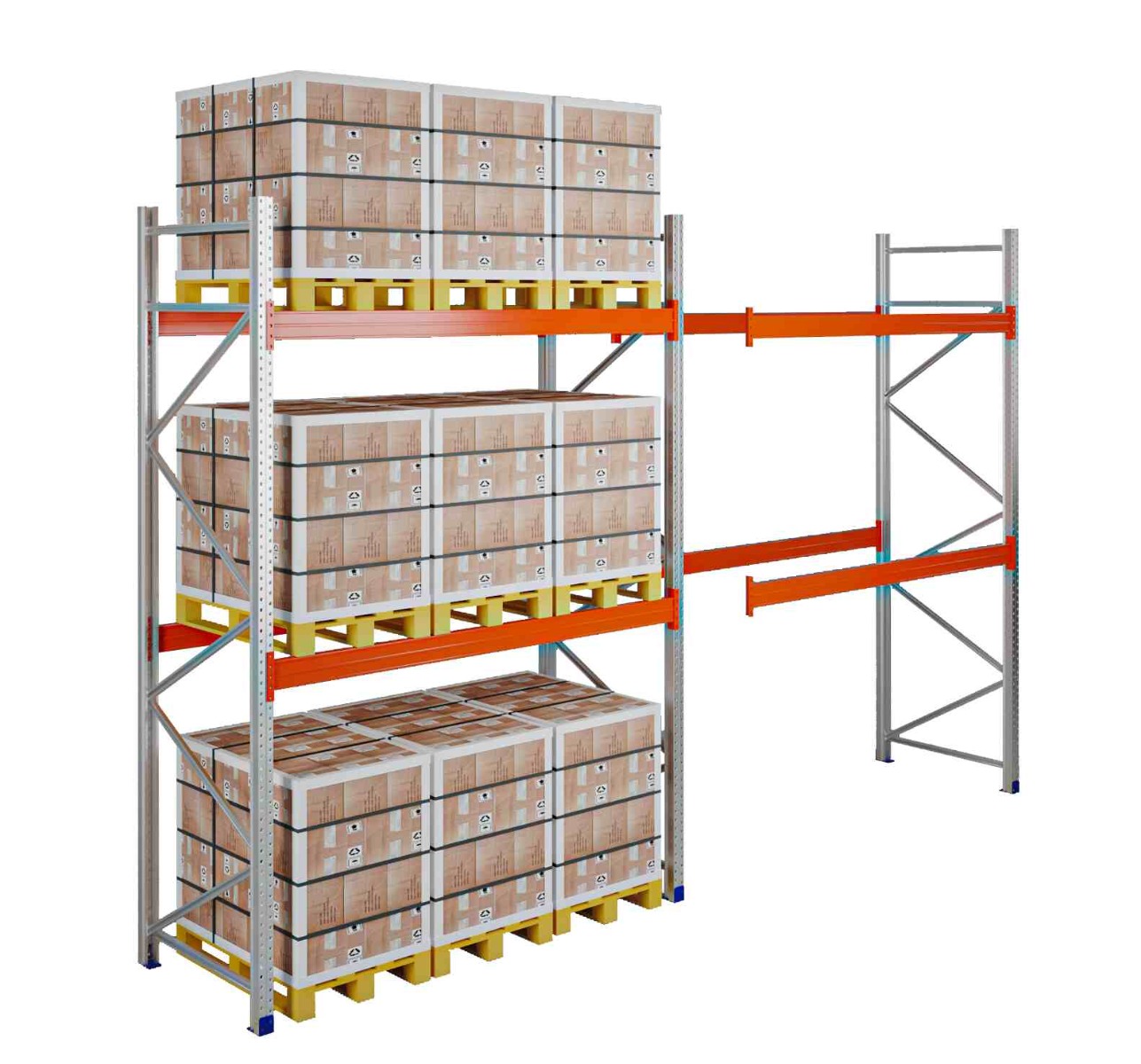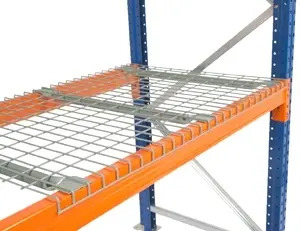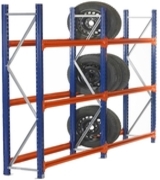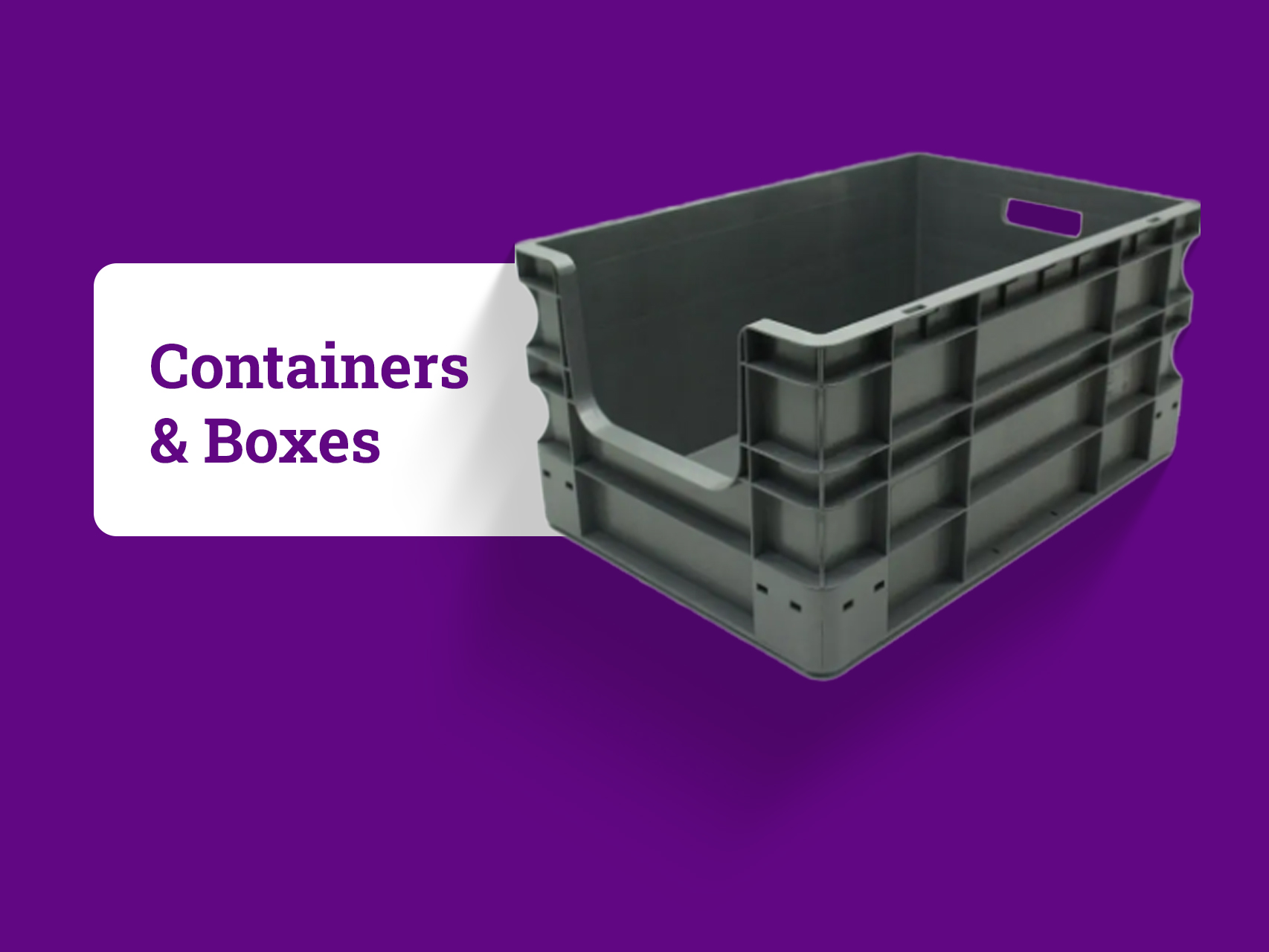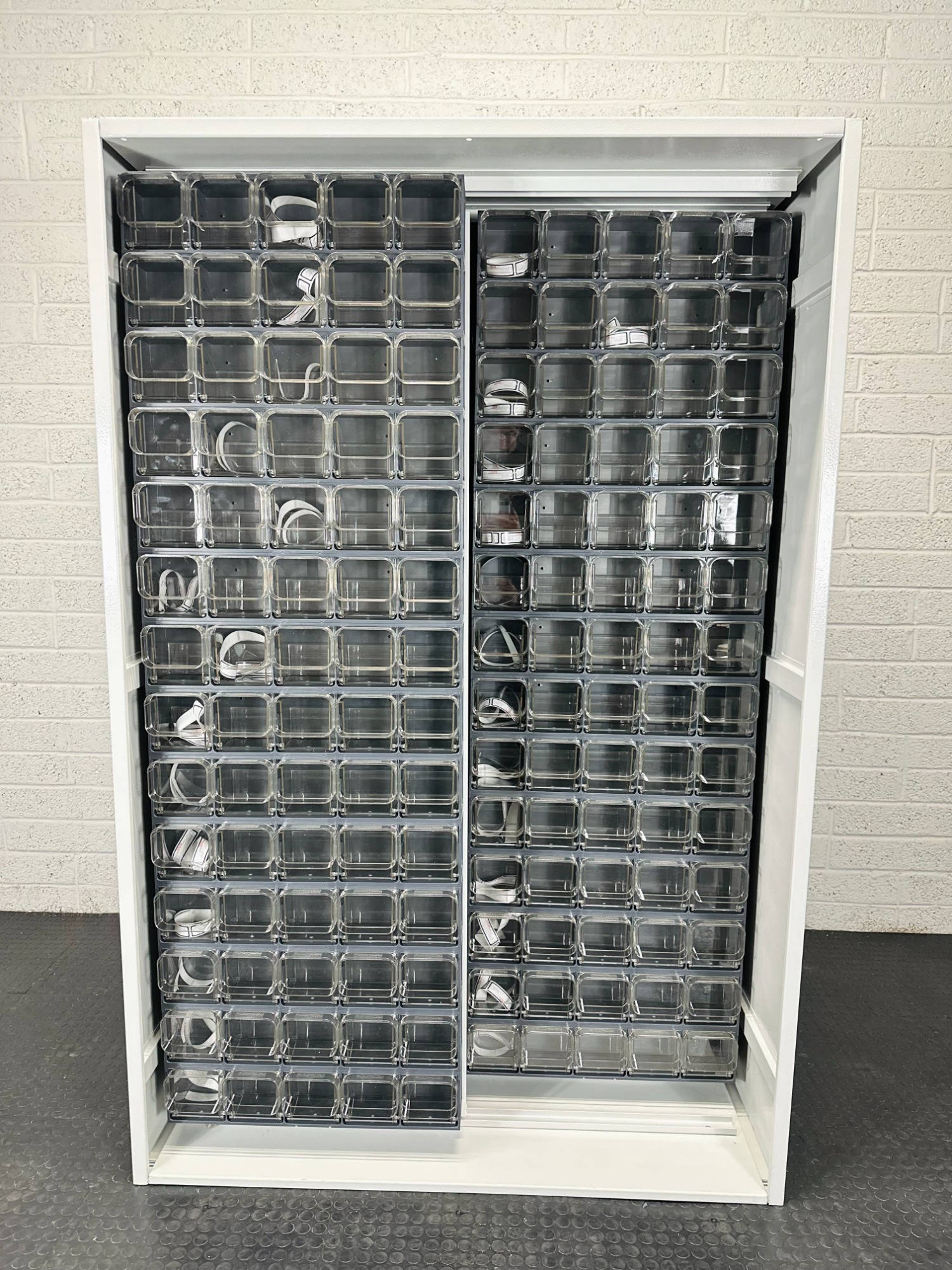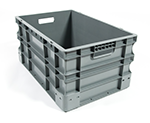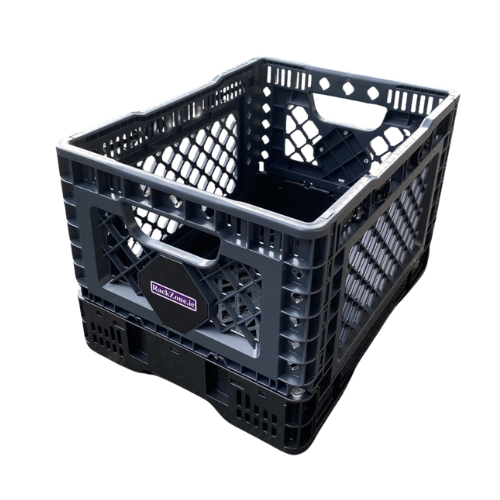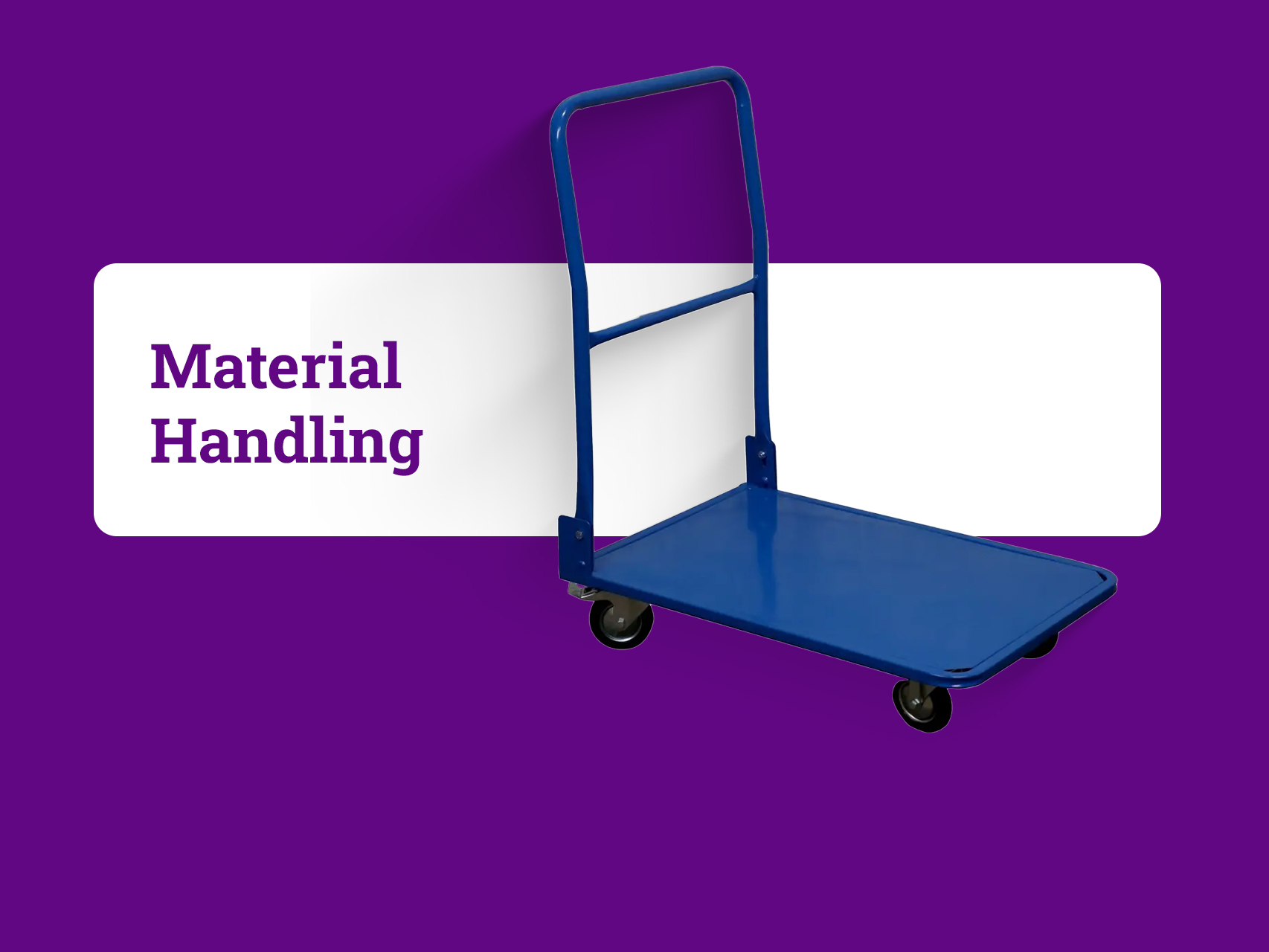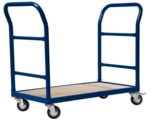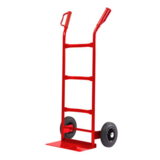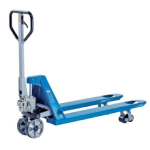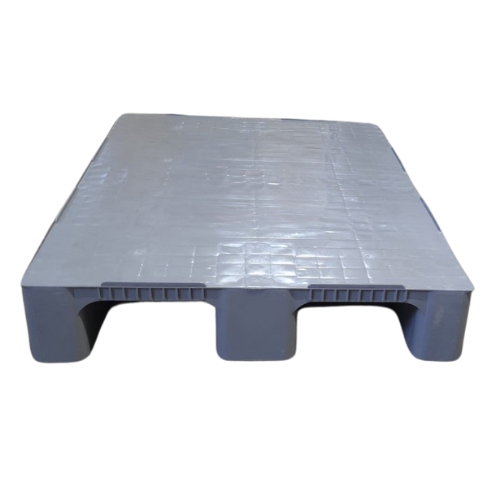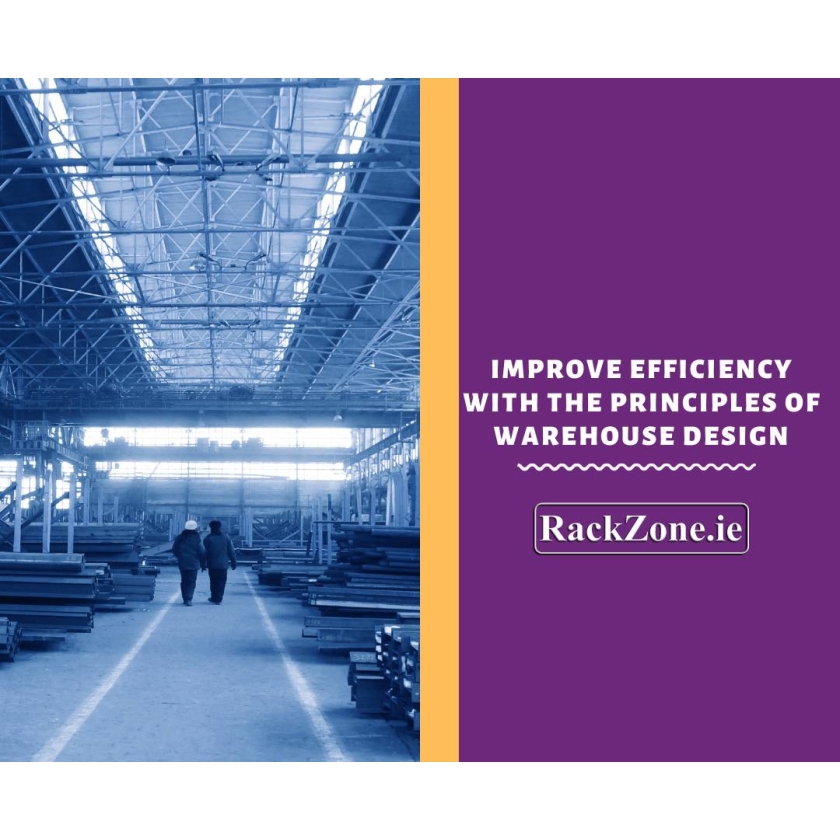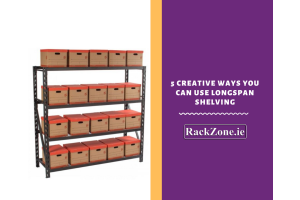Improve Efficiency With The Principles of Warehouse Design
The principles of warehouse design are useful for businesses that are looking to improve the overall efficiency of their operations. By utilising these principles, warehouses can be laid out in an effective and logical way, which will help reduce time spent searching for items and help optimise resources such as space, personnel and equipment.
#1 Space Utilisation
Space utilisation in the warehouse is an important factor for optimising a business’s operational performance. It is essential to ensure that the available space is being used efficiently and effectively, as it can have a major impact on productivity, cost savings and customer service levels. Properly managing your warehouse layout and storage areas will help maximise efficiency and reduce operational costs.
Creating an effective warehouse layout is essential for optimising space utilisation, as it allows for efficient product movement and the ability to use space more effectively. The right warehouse layout should provide quick access to inventory and equipment while maximising storage areas and minimising wasted space. It’s important to choose a design that is tailored to the needs of your business and takes into account both current and future needs.
Optimising storage space can also help improve space utilisation in the warehouse. Selecting the right type of racking system for storing products and materials can help maximise storage capacity, as well as make it easier to access items quickly.
#2 Efficient Staffing
One of the most important aspects of efficient staffing in a warehouse is to make sure that everyone is properly trained and informed of their daily duties. It’s essential to have staff members who are knowledgeable about how the warehouse operates, as well as aware of safety protocols. This will ensure that work is done more quickly and efficiently, without any dangerous mistakes or accidents. Furthermore, having a well-trained staff means that they can be easily shifted around to different departments if needed, and can take on extra duties when necessary.
Another important aspect of efficient staffing in the warehouse is making sure that there are enough employees to manage the workload without overworking them. This may mean hiring more staff or utilizing part-time workers when things get busy. Having the right number of staff working in the warehouse can help ensure that tasks are completed on time, and there are enough people to handle any unexpected challenges.
#3 Energy Efficiency
The third principle is energy efficiency. This involves taking steps to reduce energy consumption in the warehouse. For example, installing motion-activated lighting and replacing ageing equipment with more energy-efficient models can help lower costs and improve sustainability.
Energy efficiency in the warehouse is an important consideration, as it can help to reduce costs and increase profitability. It can also make the warehouse operation more sustainable, reducing its environmental impact. There are a few key ways to improve energy efficiency in the warehouse:
1. Lighting: Investing in LED lighting upgrades can significantly lower energy costs. LED lighting produces less heat, requires less energy to operate, and lasts longer than traditional bulbs.
2. Insulation: Adding insulation to the walls of a warehouse can help to reduce energy costs by reducing air infiltration and maintaining temperatures for optimal efficiency.
3. Heating & Cooling Systems: Installing an efficient heating or cooling system can help to reduce energy costs by providing the right temperature for operations, while also reducing energy consumption.
4. Automation: Utilizing automation in warehousing systems can drastically improve efficiency, while also reducing energy consumption. Automation can provide faster process times and improved accuracy, leading to lower energy costs overall.
5. Alternative Energy Sources: Utilizing alternative energy sources such as solar, wind, and geothermal can help to reduce the amount of energy used by warehouses. Such renewable sources can provide cost savings in the long run and also help to reduce environmental impacts.
Additionally, ensuring proper insulation and ventilation can help keep internal temperatures at a comfortable level while minimizing energy loss.
#4 Workplace Safety
The warehouse is a dynamic environment that can put workers at risk of injury. It is important to ensure safety in this fast-paced environment by having clear policies and procedures in place. This includes training all staff on safety protocols, regular maintenance and inspections of equipment and machinery, wearing proper protective gear when working with heavy objects, keeping the floor clear of clutter and having proper ventilation throughout the warehouse.
Additionally, it is important to keep an up-to-date inventory of hazardous materials in the warehouse and ensure that all workers are aware of potential risks associated with them. Finally, making sure all exits and entrances to the warehouse are properly marked can help minimize any chance of injury due to a lack of awareness. All these steps can help to ensure that your warehouse is a safe and productive environment for your employees.
An effective workplace safety program also requires proper documentation and reporting of any incidents or near-misses that occur in the warehouse. All staff involved should be aware of the protocol for reporting accidents, and investigations into the cause of such accidents should be undertaken promptly. Additionally, regular safety audits of the warehouse should be conducted to identify any areas for improvement. All safety-related findings should then be addressed with appropriate corrective actions.
Finally, it’s important to ensure that all workers have been properly trained on safe work practices and protocols before undertaking any task in the warehouse. This includes training around basic safety principles, such as wearing appropriate protective equipment, understanding the risks associated with each task and assembling items in a safe manner.
Lastly, staff should receive refresher training at least once a year to ensure that they are up-to-date on all safety regulations. By implementing these practices, warehouse managers can ensure that their employees are operating in a safe environment, reducing the risk of serious injury or death.
Conclusion
By following these four principles of warehouse design, companies can improve efficiency and save money in the long run. With well-designed spaces, businesses can maximize their space utilization while maintaining a safe and comfortable environment for employees. We hope our guide to the principles of warehouse design has been informative and will help your warehouse organisation. Here at RackZone, we can provide you with all the necessary storage solutions to help ensure your warehouse is organised and as safe as possible. For further information on any of our great products please do not hesitate to contact us at +353 (0)90 9673261 or email us at [email protected].




